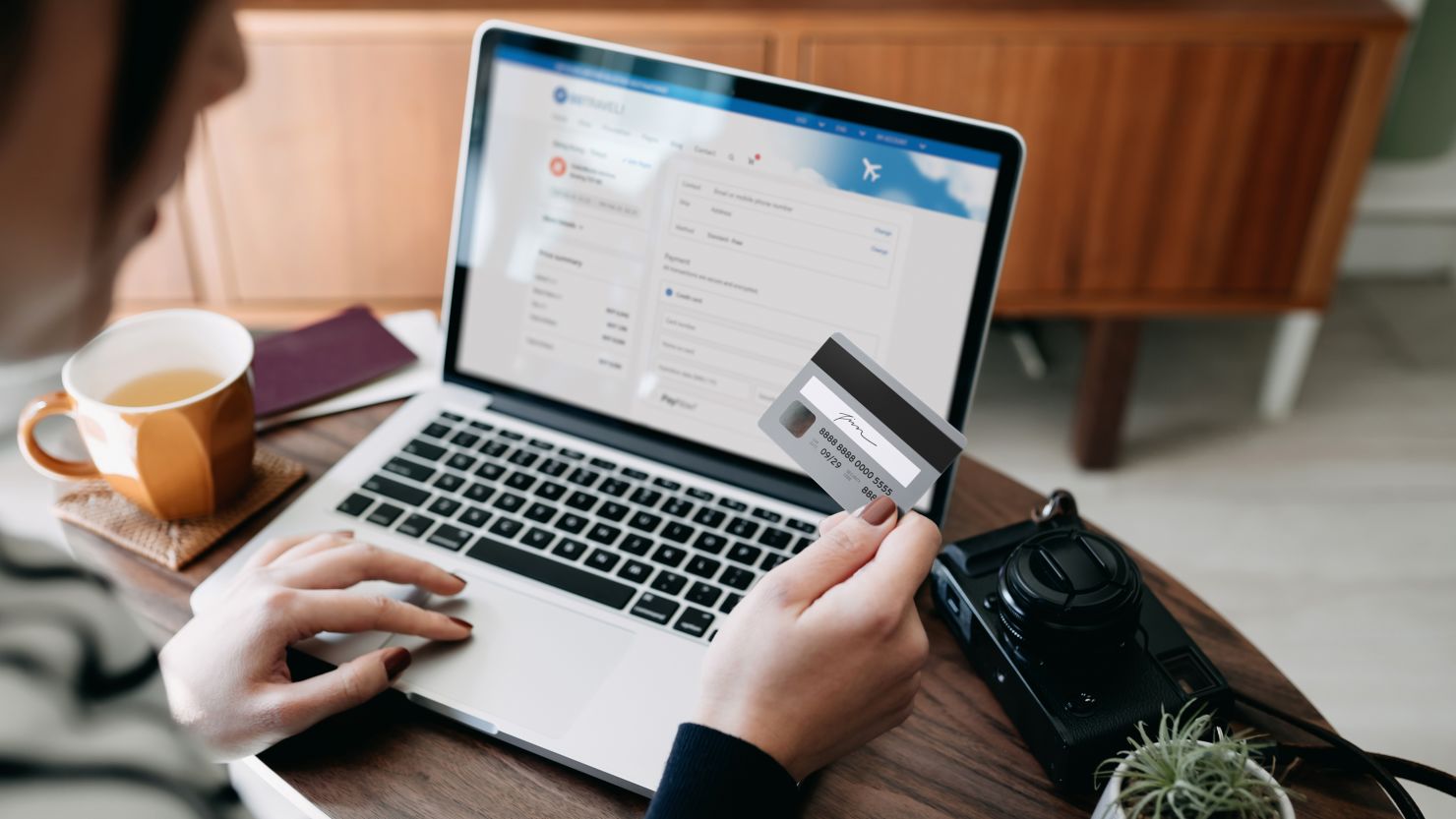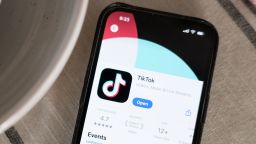Editor’s Note: A version of this story appeared in CNN Business’ Nightcap newsletter. To get it in your inbox, sign up for free, here.
Your Uber costs more at 5 pm on a Tuesday than it does at 8 pm. Buying a plane ticket the day before you fly is more expensive than buying it six months early. These are surge pricing tactics so ingrained in our consumer experience, we hardly notice or care. It’s just the way things are.
But in the era of AI, surge pricing — or “dynamic pricing,” for those in the business — is becoming a more common tool to help companies pad their margins and, in theory, give a discount to customers when demand is low.
Customers don’t always see it that way, of course, and that’s created a serious PR headache for businesses.
Wendy’s last month ended up walking back comments about its dynamic pricing plans after consumers were outraged at the notion of a dinner rush making your burger more expensive.
“Wendy’s will not implement surge pricing” a spokesperson said at the time. “It was never our plan to raise prices when customers are visiting us the most.”
JetBlue this week formally rolled out dynamic pricing for checked bags, which will now run you $35 to $50 depending on when you’re flying, my colleague Jordan Valinsky writes. But the change appears to have been implemented for some fliers before the announcement, and of course, people were angry about it.
Meanwhile, Amazon famously uses real-time data to adjust prices every few minutes and no one seems too upset by it.
So why does surge pricing feel like such a scam?
One idea: We’re tired. Even though inflation has cooled, prices remain high, and that is at least partly because corporations are keeping prices elevated. (Also, suddenly we have to tip everywhere, for everything, and of course we feel bad if we don’t because we know service workers are underpaid and they also have to eat so what’s a couple of bucks on top of your lunch order if it means this 19-year-old college student with loan debt gets a little extra cash at the end of the day but also wow you did just pay $24 for a salad, girl, you gotta start meal-prepping on Sundays.)
But is dynamic pricing inherently unfair?
Probably not, at least according to Marco Bertini, a professor of marketing at Esade business school in Barcelona.
“What becomes unfair is if there is a perception or a reality of profiteering,” Bertini told me. “In and of itself, the idea is not bad. And in fact, we’ve been doing it for centuries — it’s that we do a lot more of it now.”
To be clear, it’s reasonable to be suspicious of dynamic pricing, especially if it’s coming from a company that’s well known to obfuscate or tuck unflattering updates into the fine print. Like, I dunno, an airline. Or a bank. And it’s also reasonable to be suspicious of buzzy new AI tech getting jammed into every facet of our lives.
Bertini, who advises companies on dynamic pricing models, says the problem is how badly some businesses bungle the rollout.
“The thing that always surprises me … is how badly they frame it,” he said. He advocates for transparency. You have to explain to customers that dynamic pricing means that, over the long run, they’re getting something out of it, too.
“Yes, you are increasing your margins from certain parts of the customer base, but you’re also decreasing prices on other parts of the customer base, which brings in more customers.”
It’s tempting to think static, or at least steady, prices are the only fair way to go, but playing that out yields even more problems.
Take commercial aviation.
“Because it’s such a cutthroat industry, very tight margins, if you didn’t have the ability to vary prices by people’s willingness to pay, there just would not be airlines,” Bertini said. “Now, have they taken this overboard? Most likely. But without some level of dynamism, you wouldn’t have an airline.”









